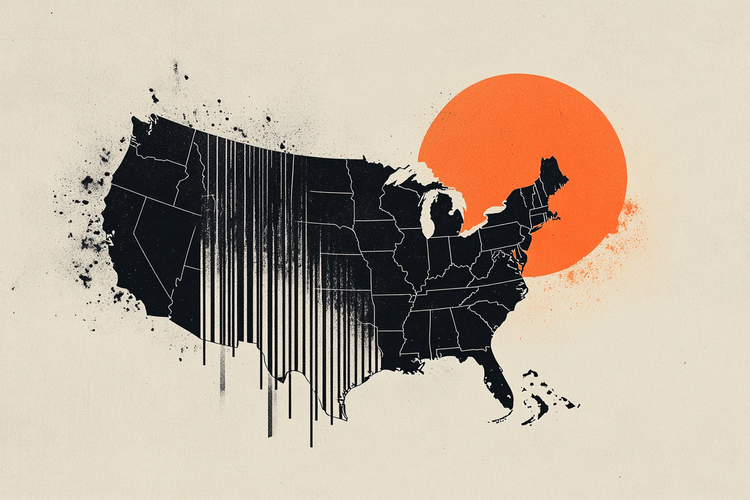United States (US) Treasury Secretary Scott Bessent said on Tuesday that President Donald Trump is creating “strategic uncertainty” in trade negotiations, per Reuters.
Key takeaways
“Aperture of uncertainty will be narrowing.”
“We want long term tariff revenue and deals.”,
“Will speak to at least 17 partners over next few weeks.”
“Good chance we’ll see income tax relief in tax bill.”
“Tariff income could be used for tax relief.”
“Over time, will see that Chinese tariffs not sustainable for China.”
“Don’t anticipate supply chain shocks.”
“Asia trading partners have been most forthcoming.”
“Could see some India announcements.”
“Could see South Korea deal contours coming together.”
“Had substantial talks with Japan.”
“Won’t detail auto tariff relief.”
“Auto relief would go toward re-shoring manufacturing.”
“Want to see internet tax in EU removed.”
Market reaction
These comments don’t seem to be having a noticeable impact on the US Dollar’s (USD) performance. At the time of press, the USD Index was up 0.15% on the day at 99.08.
US-China Trade War FAQs
Generally speaking, a trade war is an economic conflict between two or more countries due to extreme protectionism on one end. It implies the creation of trade barriers, such as tariffs, which result in counter-barriers, escalating import costs, and hence the cost of living.
An economic conflict between the United States (US) and China began early in 2018, when President Donald Trump set trade barriers on China, claiming unfair commercial practices and intellectual property theft from the Asian giant. China took retaliatory action, imposing tariffs on multiple US goods, such as automobiles and soybeans. Tensions escalated until the two countries signed the US-China Phase One trade deal in January 2020. The agreement required structural reforms and other changes to China’s economic and trade regime and pretended to restore stability and trust between the two nations. However, the Coronavirus pandemic took the focus out of the conflict. Yet, it is worth mentioning that President Joe Biden, who took office after Trump, kept tariffs in place and even added some additional levies.
The return of Donald Trump to the White House as the 47th US President has sparked a fresh wave of tensions between the two countries. During the 2024 election campaign, Trump pledged to impose 60% tariffs on China once he returned to office, which he did on January 20, 2025. With Trump back, the US-China trade war is meant to resume where it was left, with tit-for-tat policies affecting the global economic landscape amid disruptions in global supply chains, resulting in a reduction in spending, particularly investment, and directly feeding into the Consumer Price Index inflation.

